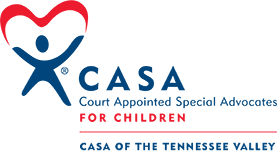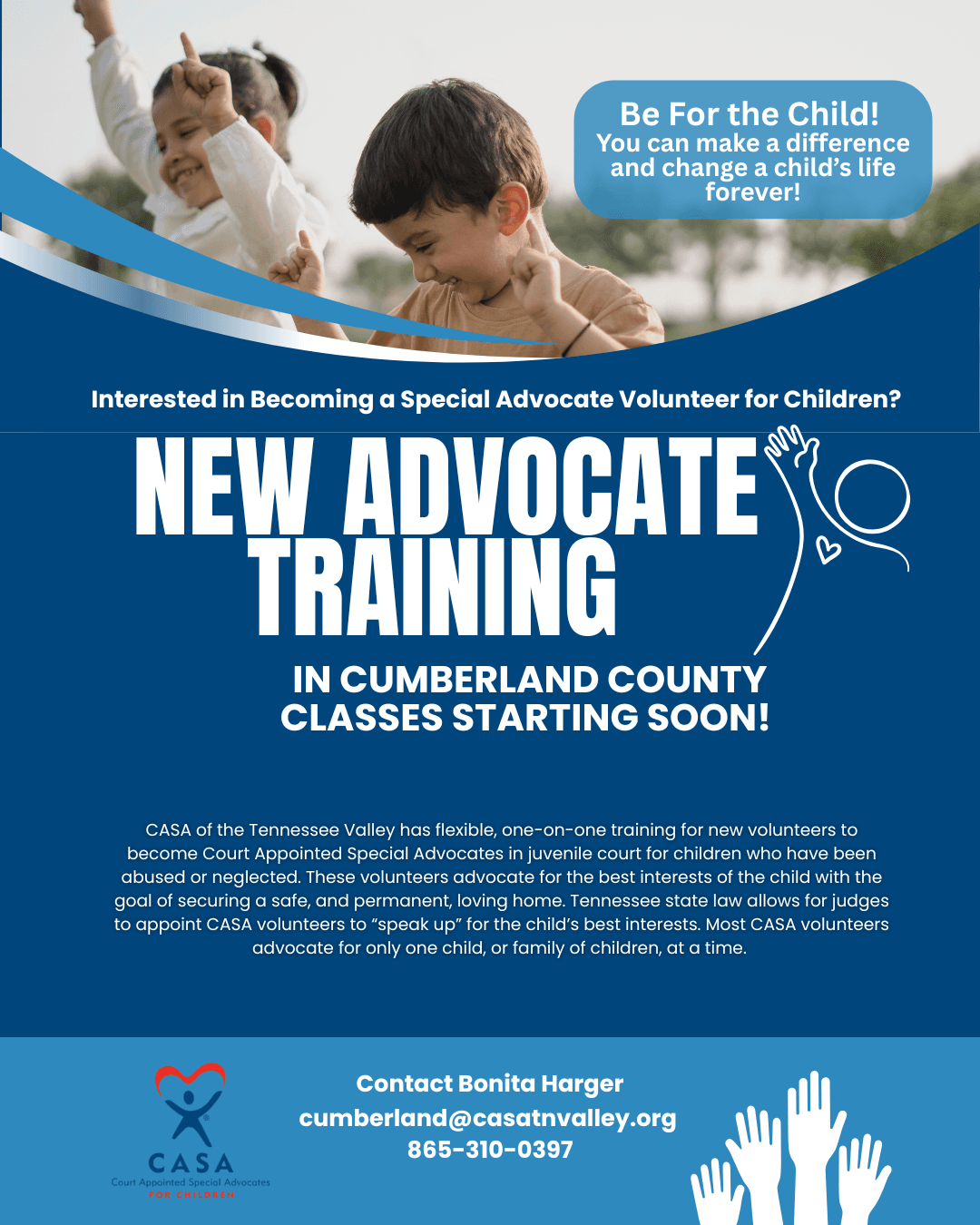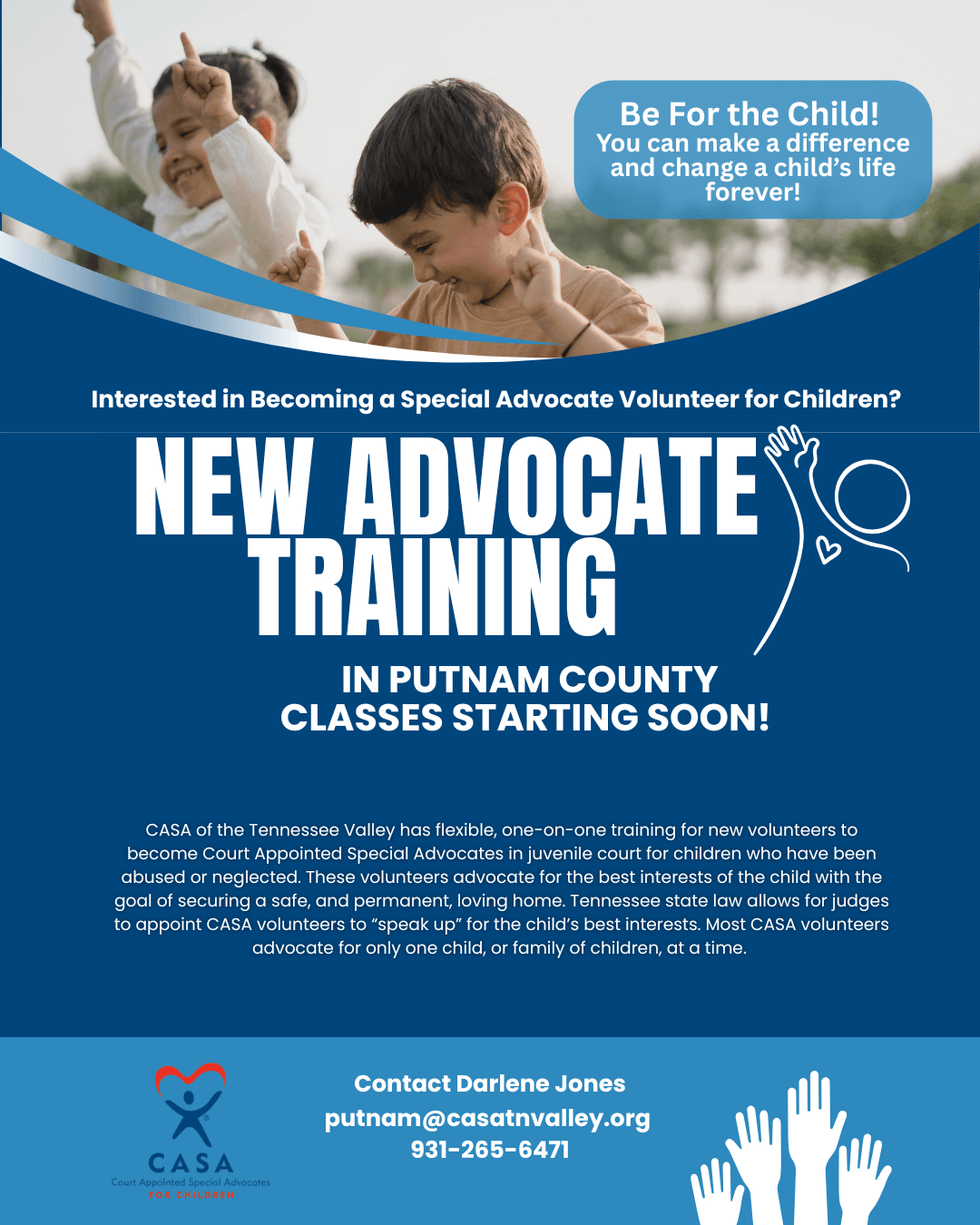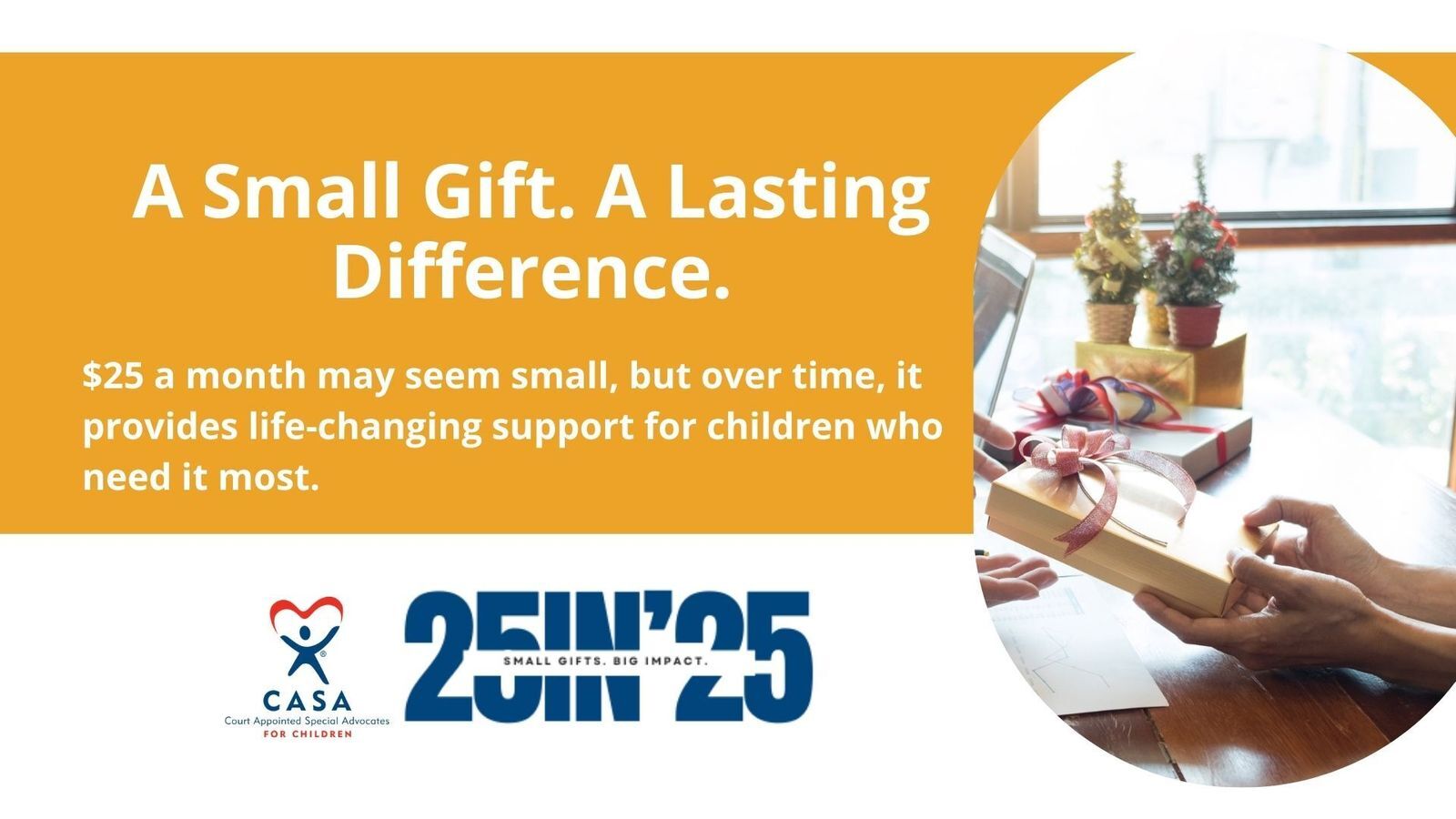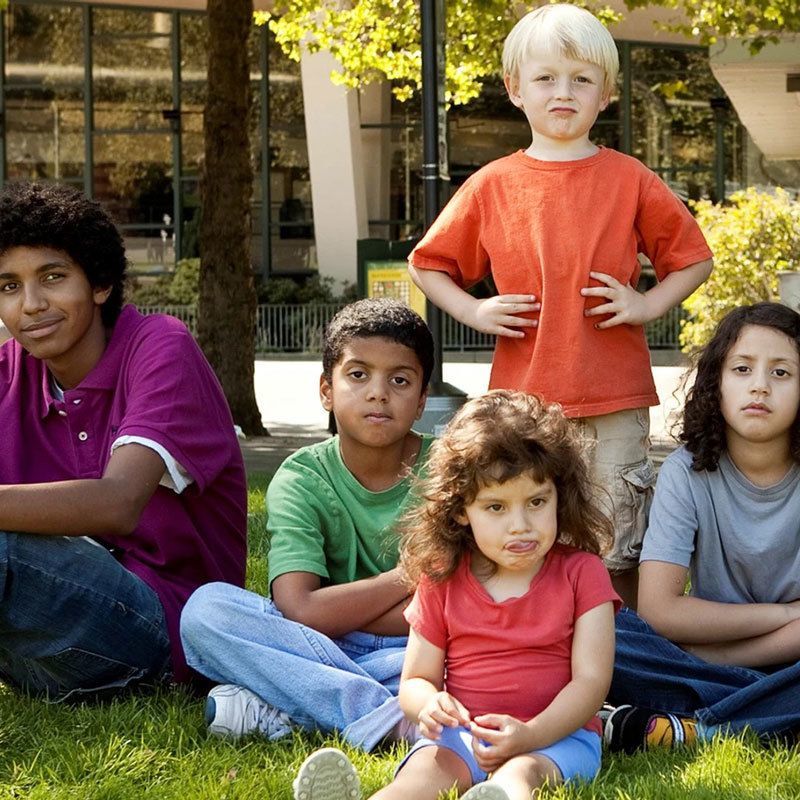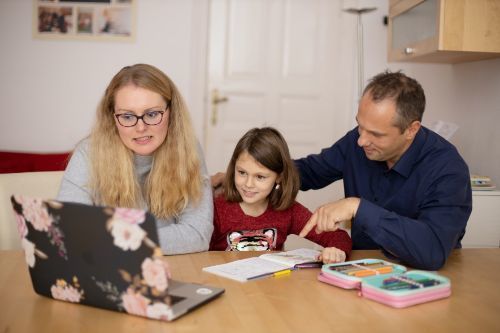
If you’re a parent, you know how easily kids soak up information. They pick up on stuff faster than we care to imagine, and take in the world around them like little sponges.
We all want our kids to grow up to live happy and healthy lives, but what about altruistic lives? Values and beliefs instilled now flourish into actions later. What can you do to instill philanthropic values in your children? To get you started, here are six ways to teach your child about giving.
1. Volunteer as a family.
The greatest way to teach your child about giving is to let them see you giving. Volunteering or donating as a family is a fun way for everyone to be involved in the process. Your kids will see firsthand how you help in the community and the effects giving has on those in need. When you volunteer as a family, your children see an altruistic lifestyle in work, and feel those values instilled in their own lives.
2. Allow them to pick the cause.
One great way to get your children excited about giving is to let them pick the cause you give to. Have some fun with it! Go online and research different non-profits in the area, ask your kids how they want to help others and let them choose the charity to give back to. When your child feels involved in the initial decision process, he or she will be ready and willing to be involved in the actual giving process.
3. Let them choose items to donate.
If your family decides to donate to a local shelter or home, let your child be involved in choosing which items to donate. Go through their clothes and toys together and ask which ones they would like to give to help other children. Focus the process on helping others, rather than on getting rid of their items. Your children will see just how impactful they can be by giving to others in need.
4. Run a lemonade stand.
Lemonade stands are always a fun time, and giving can be too! Help your child set up a lemonade stand on the corner to make some money, with some of the proceeds going to a local charity of their choice. Your kid will learn the value of hard work and living an altruistic lifestyle all in one event. And who knows? Maybe they’ll decide to donate all of their earnings!
5. Bring giving into activities.
An easy way to get your child excited about giving is to bring it into family events. Birthday parties, holidays or even fun get-togethers can be great times to incorporate giving. Ask guests to bring canned food or clothing items to donate when hosting a party at your house. Or, have all the kids work on a craft they can send to a local charity. Not only will your child feel more engaged with philanthropy, but you’ll be promoting charitable altruism in the community as well.
6. Emphasize the outcome.
Most importantly, emphasize the outcome of giving back with your child. Talk about who volunteering and donating goes to, and how it benefits those in need. Let your child see success stories of people who have been helped by non-profit organizations, and focus on how your efforts are helping them. When kids see the actual results of giving, they’ll be even more inclined to continue the practice for years to come.
When it comes to giving back, don’t just stop with yourself. Help instill philanthropic values in your children’s lives by teaching them the joy of giving to others. What your kids learn now they will become in the future, so help them to lead an altruistic lifestyle from the very beginning.
